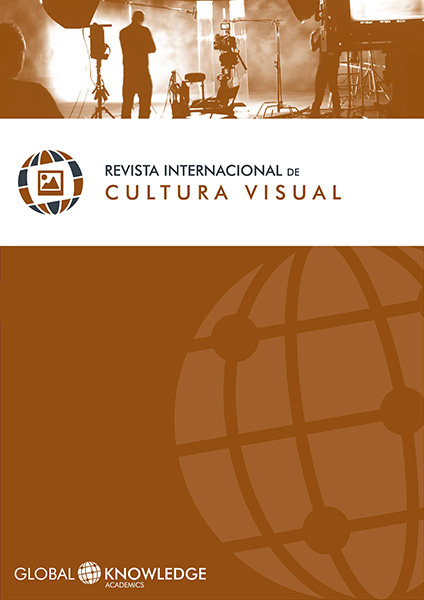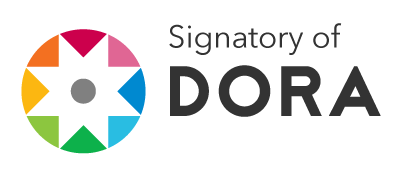Analysis of Modernist Architectural Projects with Visual Interference in Brazil
DOI:
https://doi.org/10.37467/gka-revvisual.v1.642Keywords:
Brazilian Modern Movement, Panels of Artistic Designs, Exploit the Images in the BuildingAbstract
Modernism was a movement that began in the 1920s through the critical activities of Oswald de Andrade, Menotti del Picchia, Mário de Andrade and others who warned against the appreciation of national roots. Thus exposed their ideas of renovating groups of artists who begin to unite around a new aesthetic proposal. Modern architecture in Brazil had their origins in European avant-garde in the early twentieth century as well, represented by architect Antonio Moya. In 1923 arrives in São Paulo Warchavchik the architect, who always insisted on the character while "modern" and "Brazilian" in its architecture. Following years: architects assert themselves fully, influencing young architects. This research aims to analyze the projects executed by some architects who rewrote and reshaped the architecture in Brazil with modernism and artistic / visual interference paneled walls and details inside these buildings.
Downloads
Global Statistics ℹ️
|
451
Views
|
571
Downloads
|
|
1022
Total
|
|
References
Andrade, M. (1980). Poesias concretas (6ª ed.). São Paulo, Brasil: Martins Fontes.
Antigas, J.B.V. (2004). Caminhos da arquitetura. São Paulo, Brasil: Lech.
Bortoloti, M. (2012). Memórias do palácio. Revista VEJA, 10 (05), p. 97.
Costa, L. (s/n). Lucio Costa: registro de uma vivência. Rio de Janeiro, Brasil: Ed. Outros.
Silva, A. (2007). O modernismo. São Paulo, Brasil: Perspectiva.
Downloads
Published
How to Cite
Issue
Section
License
Those authors who publish in this journal accept the following terms:
-
Authors retain copyright.
-
Authors transfer to the journal the right of first publication. The journal also owns the publishing rights.
-
All published contents are governed by an Attribution-NoDerivatives 4.0 International License.
Access the informative version and legal text of the license. By virtue of this, third parties are allowed to use what is published as long as they mention the authorship of the work and the first publication in this journal. If you transform the material, you may not distribute the modified work. -
Authors may make other independent and additional contractual arrangements for non-exclusive distribution of the version of the article published in this journal (e.g., inclusion in an institutional repository or publication in a book) as long as they clearly indicate that the work was first published in this journal.
- Authors are allowed and recommended to publish their work on the Internet (for example on institutional and personal websites), following the publication of, and referencing the journal, as this could lead to constructive exchanges and a more extensive and quick circulation of published works (see The Effect of Open Access).













